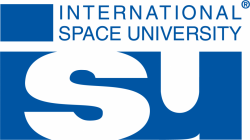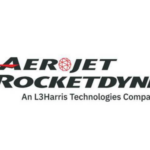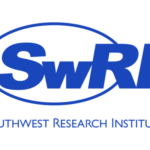Partner News
ISU Students Selected for a Second Balloon Flight to Track Airplanes from the Stratosphere
Written by: developer
 Strasbourg, France (Nov. 22, 2010) – An experiment to track airplanes from the stratosphere designed, built and tested by a team of three students at the International Space University (ISU) has been selected for a second balloon flight from the Esrange Space Center in the Swedish Arctic, following a successful launch earlier this year.
Strasbourg, France (Nov. 22, 2010) – An experiment to track airplanes from the stratosphere designed, built and tested by a team of three students at the International Space University (ISU) has been selected for a second balloon flight from the Esrange Space Center in the Swedish Arctic, following a successful launch earlier this year.
The International Space University – Balloon Air Traffic Control Experiment (I-BATE) is intended to provide proof of concept for space-based air traffic control by flying a prototype receiver to the edge of space on a high altitude balloon.
The experiment is set to launch aboard the BEXUS 11 stratospheric balloon, a high altitude flight opportunity offered to university students through joint collaboration between the European Space Agency (ESA), the German Space Agency (DLR), the Swedish Space Corporation (SSC) and the Swedish National Space Board (SNSB).
The BEXUS 11 balloon will carry I-BATE and five other experiments to a height of 35km, into the Earth’s stratosphere, where the experiment will be capable of tracking commercial aircraft within a range of 700km.
Onboard a previous launch, BEXUS 10, the I-BATE experiment successfully tracked aircraft within a range of 850km from an altitude of 29km. The team now wishes to improve on this already impressive result by monitoring how the receiver copes with very large quantities of air traffic from an increased altitude of 35km. Successful completion of this experiment could pave the way for a global space-based air traffic management system.
The BEXUS 11 flight is scheduled for launch on November 22 for which team leader Tom Nordheim will travel to the Esrange facility in Kiruna, Northern Sweden. For up-to-date information on the launch campaign please visit http://i-bate.isunet.edu.
The BEXUS program (Balloon EXperiments for University Students) (www.rexusbexus.net) is realised under a bilateral Agency Agreement between the German Aerospace Center (DLR) and the Swedish National Space Board (SNSB). The Swedish share of the payload has been made available to students from other European countries through collaboration with the European Space Agency (ESA).
I-BATE would sincerely like to thank the following sponsors: Kinetic Avionic Products Limited, OSEO, Celltech, Wind River, Barbara and Peter Wood, Shandy Asturias, Andrew Browne and one anonymous donor from the ISU Board of Trustees. Furthermore, the realisation of this project would not be possible without the support of the following partners: ESA, DLR, SNSB, SSC, EuroLaunch, the faculty and staff at ISU, especially Dr. Angie Bukley and Mr. Paulo Esteves.
For more information on I-BATE: http://i-bate.isunet.edu/
###
Contacts:
Caroline Schwob
External Relations Manager
International Space University
1 rue Jean-Dominique Cassini
67400 Illkirch-Graffenstaden
France
Tel: 03 88 65 54 55
Fax: 03 88 65 54 47
This announcement, made by a Space Foundation partner, sponsor or exhibitor, is posted for information purposes only and does not constitute an endorsement of the products, services, events, or companies it covers.


